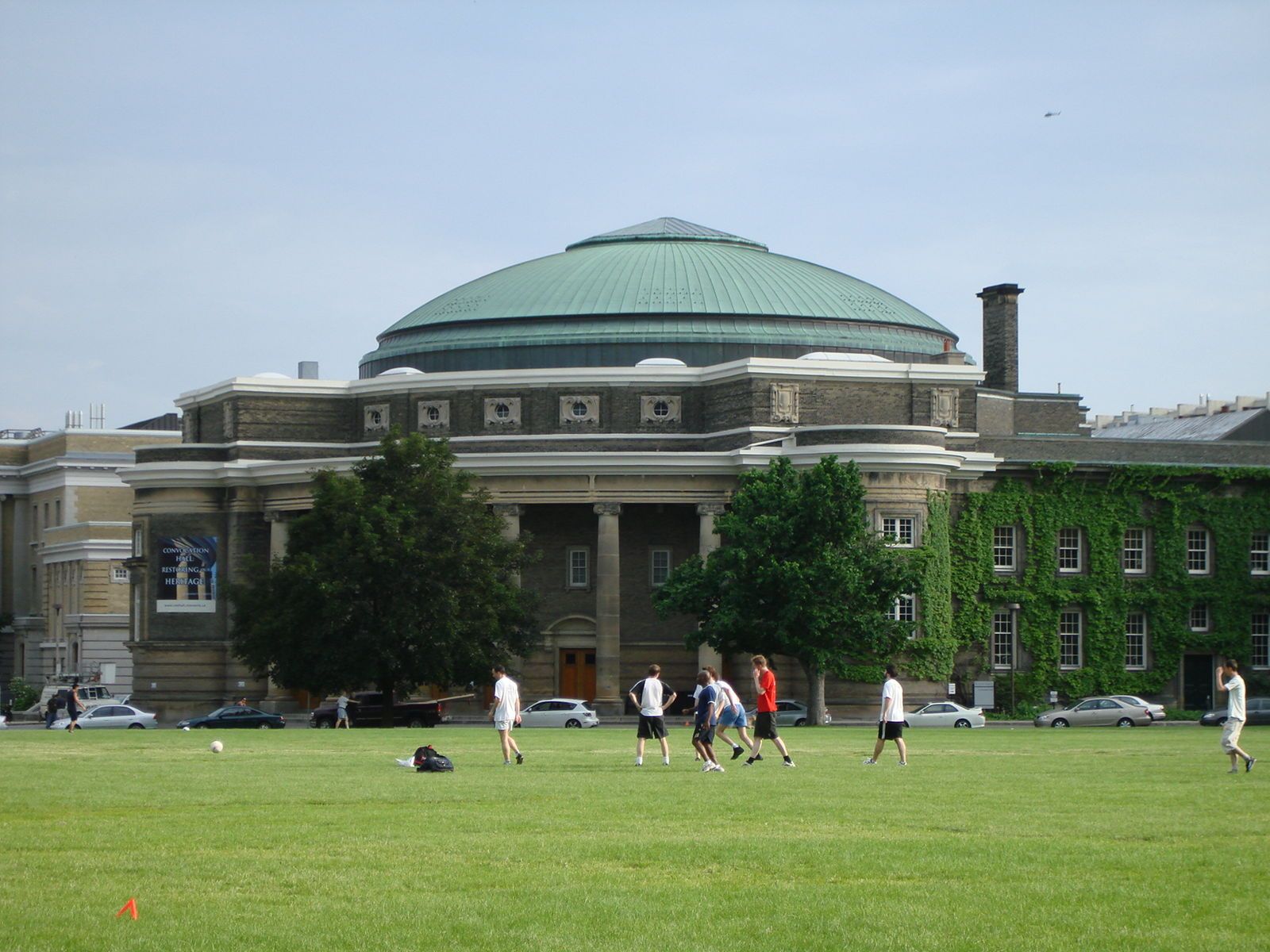April was supposed to bring exams and final papers for university students, but instead a pandemic derailed their routines and plans for employment. As if the pandemic and existing coursework wasn’t enough, students now have to worry about getting money together to pay rent and cover basic needs.
At the University of Victoria, where I go to school, the average cost of eight months of tuition, rent and living expenses is $18,900. This is expensive, and explains why students depend on summer jobs and student loans. Just one summer of unemployment will cost students around $6,400. The situation is comparable for many universities throughout the country.
Going into the summer, many students hoped the government’s Canada Emergency Response Benefit (CERB) program would expand EI requirements enough so they could have some relief. It hasn’t. Excluding students from CERB will still force some of the brightest minds in Canada to face a difficult decision: drop out or go into debt.
The CSJ Program Is Deeply Flawed
Initially, the CERB left out almost all students due to two of the program’s requirements.
First, in order to qualify for the CERB you must have stopped working due to COVID-19. Students who had summer jobs and internships planned wouldn’t qualify, because while they had what they thought were guaranteed jobs, they hadn’t started working at them yet.
Moreover, CERB applicants need to have made at least $5,000 in 2019 to qualify. This will also prevent many students from successfully applying.
On April 5, after acknowledging the CERB’s limitations for students, Prime Minister Justin Trudeau hinted at a new announcement specifically for students. The next day, the government promised a meager 70,000 jobs for students — at best — with nonprofits through the Canada Summer Jobs (CSJ) program, an undisclosed amount of which will be part time.
Expanding the CSJ program is not a solution to mass student unemployment.
To start, the CSJ limits wage subsidies to non-profits, and only for students between the ages of 15 and 30.
The CSJ also automatically excludes students who aren’t citizens or permanent residents. This will deeply impact international students, who pay an average annual tuition of around $25,000. International students that have graduated and can’t find a job won’t be able to get a work visa and pursue permanent residency in Canada, as many had hoped to do, and may be forced to move home in the middle of a pandemic.
Moreover, 70,000 jobs is nowhere near enough to address the scope of the issue. According to Statistics Canada, more than 2 million students enrolled in postsecondary education in the 2015 – 2016 school year. The University of British Columbia and the University of Victoria alone have more than 85,000 students. This means competition for those 70,000 CSJ jobs this summer will be extremely tight.
But even for the lucky few that do get hired, the jobs aren’t necessarily a full time position for four months — they can be as short as six weeks. The duration of a position is up to the government, which can decide, based on the nonprofit’s application, how many hours the student can work, and how much they can make. This means that while a nonprofit may ask for a position for four months at a living wage, the government can reduce it to two months at minimum wage.
Last summer, I landed my dream internship with a local nonprofit that works with Indigenous weavers in Peru. The internship was made possible by the CSJ program and lasted two months. I held three jobs that summer, and often worked more than 50 hour weeks while I had that internship. I didn’t have a day off for two months. Although CSJ allowed me to gain incredible experience, the program doesn’t always offer enough income for students to pay their bills — it didn’t for me.
University Students Are Valuable
This is an ideal time for an emergency Universal Basic Income — something the NDP have been pushing for — which would give every Canadian $2,000 a month.
Everyone deserves assistance. Post-secondary students, however, are valuable in some unique ways, which we’re making clear throughout this pandemic.
Fourth-year nursing students across the country are pushing to finish off their programs and possibly expedite their certifications so that they can get onto the front lines in the fight against COVID-19.
Other students are taking innovative methods to help out, including University of Toronto student Shrey Jain, who created a website to track confirmed cases in Ontario. The site also allows people to self-report potential COVID-19 cases that would otherwise go untested. Jain’s website is filling an information gap, and was developed while he was keeping up with his coursework at U of T.
There are also many students working in every ministry of the federal and provincial government right now on job placements. These students are the backbone of the government’s policy decisions, as they complete research and policy briefs using the skills they learned in their degrees.
An emergency UBI would allow students like these to continue studying, creating inventions with new technologies, testing tomorrow’s vaccines in biology labs, making art that builds culture and reimagining the world’s power dynamics and norms through the social sciences. These students have obtained valuable knowledge and skills over their time in university, and as soon as this is over Canada will need them to step up and work to build our future. It makes sense to invest in something that pays off — students absolutely will.






